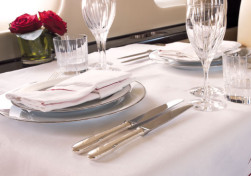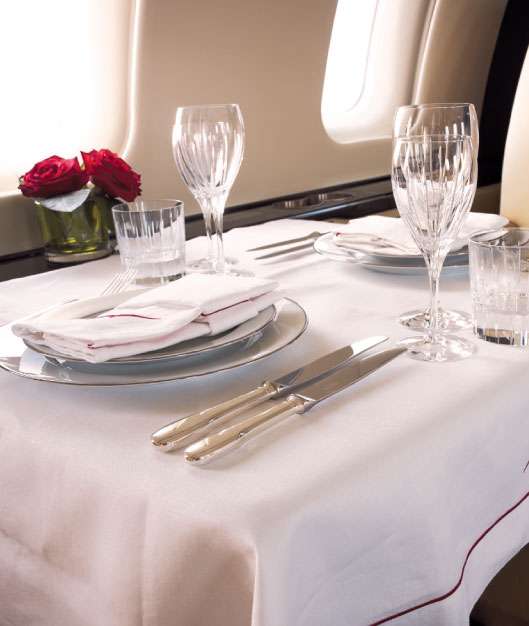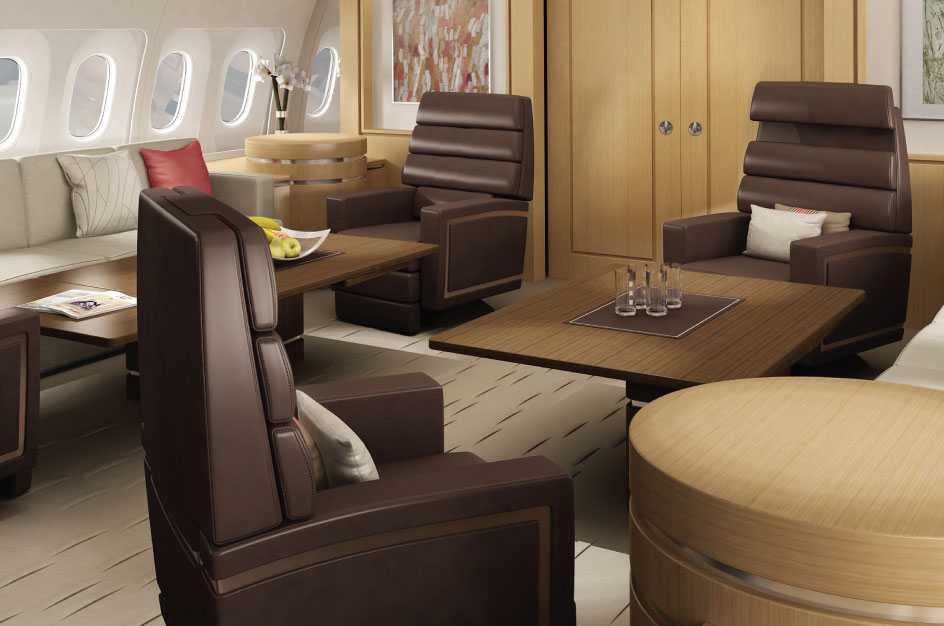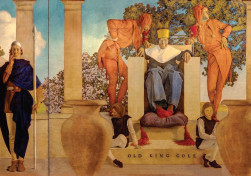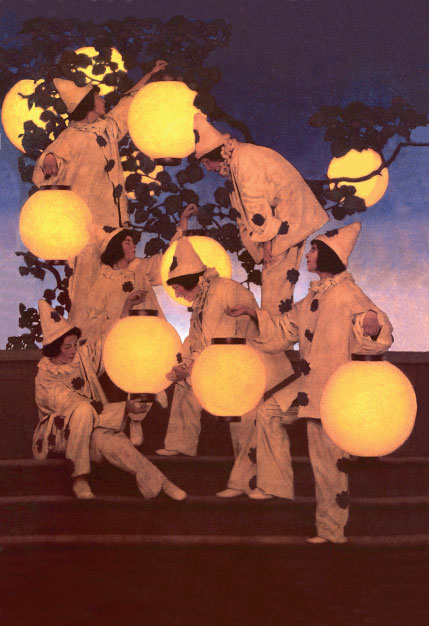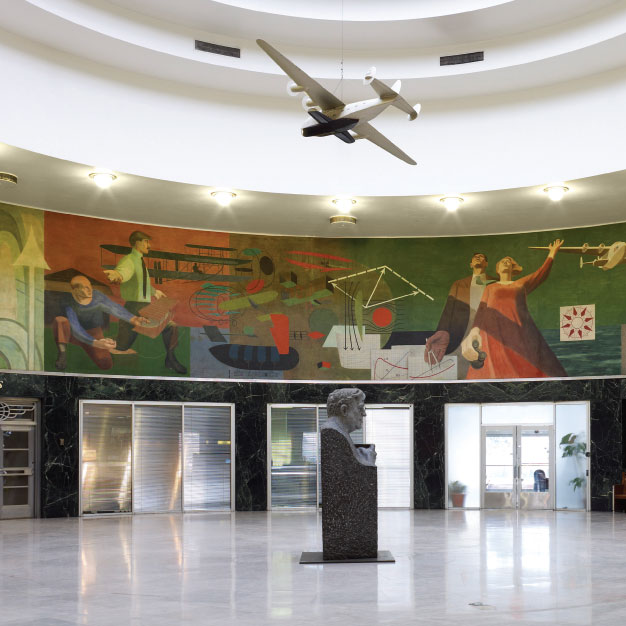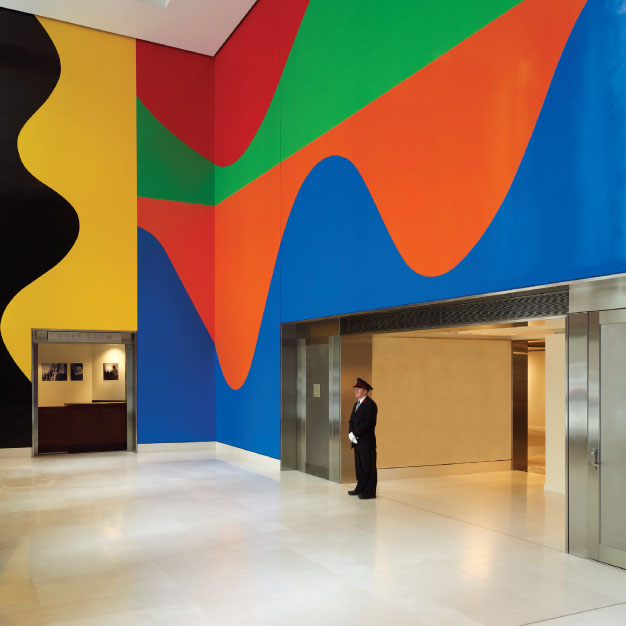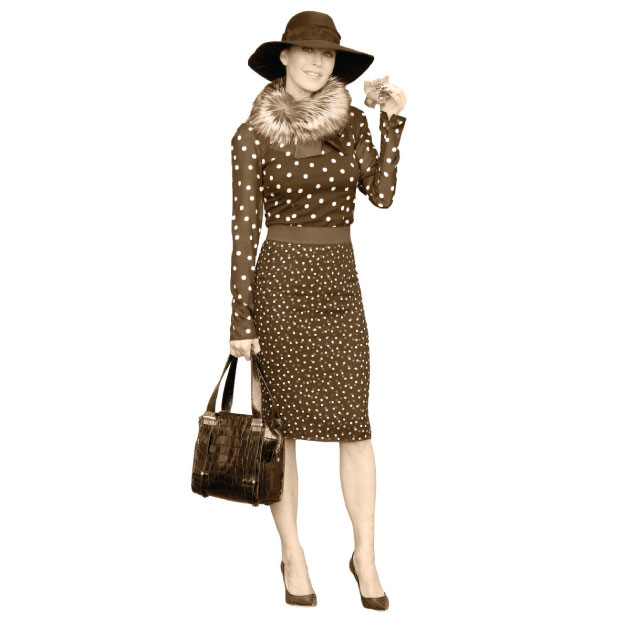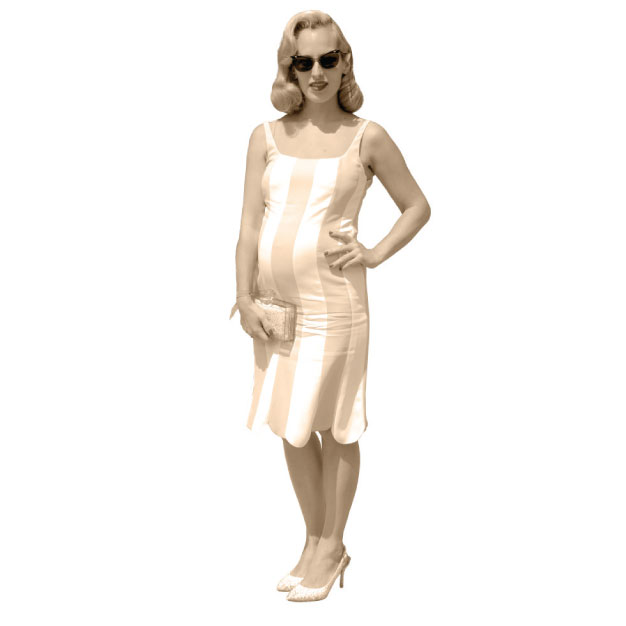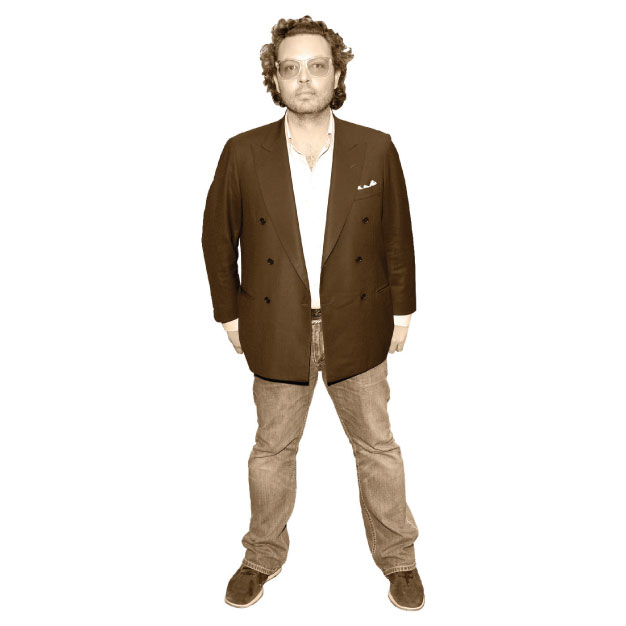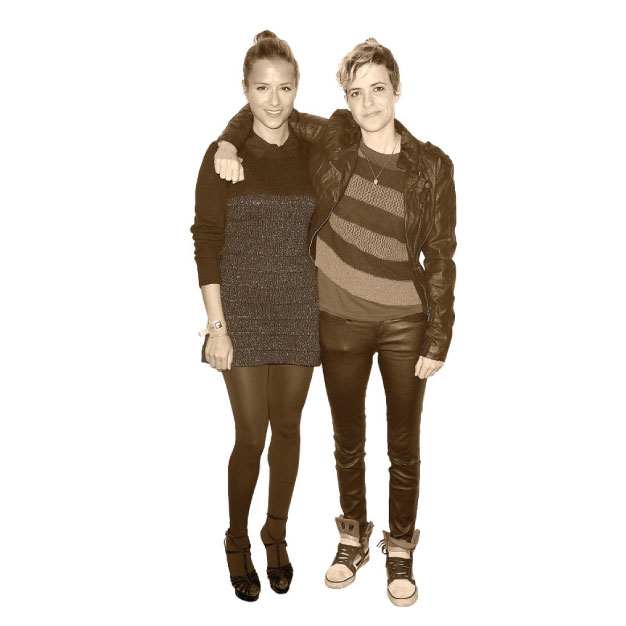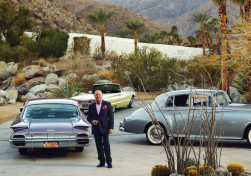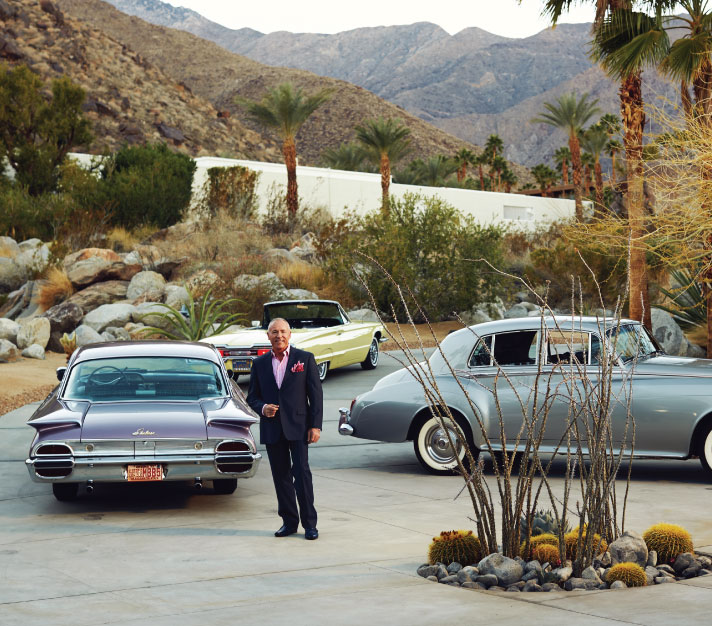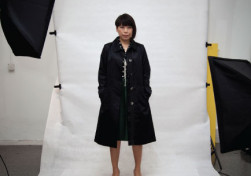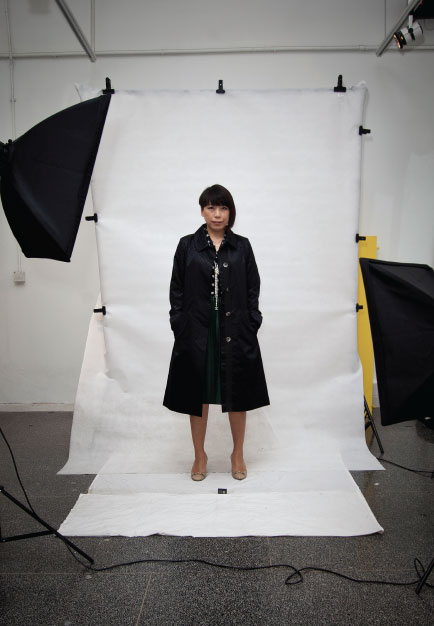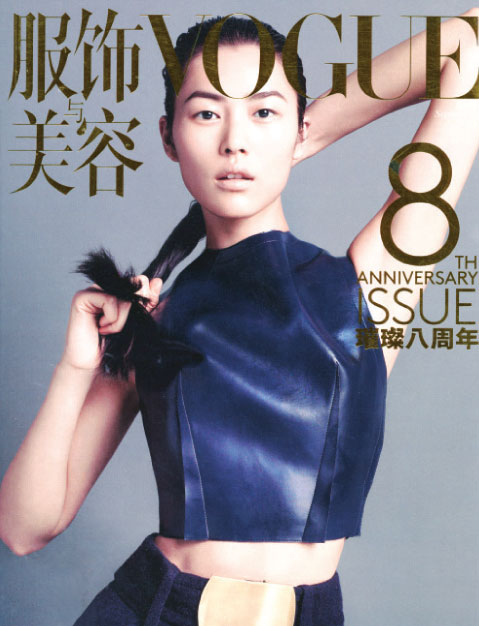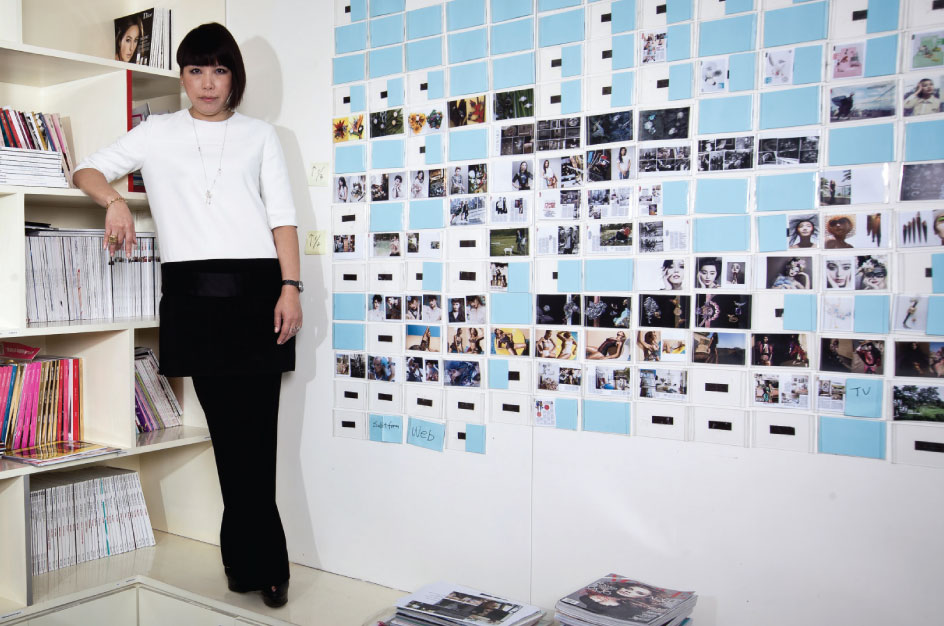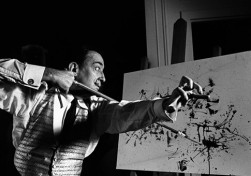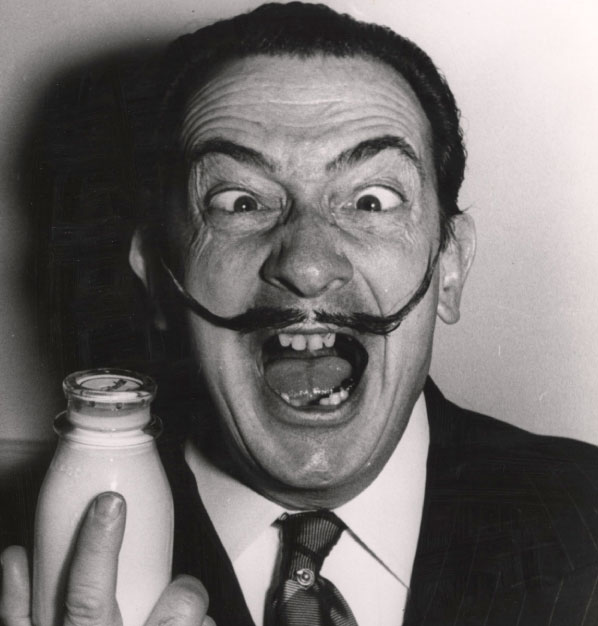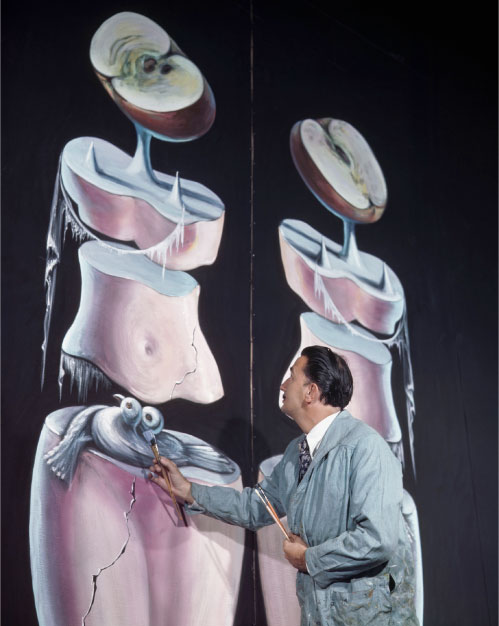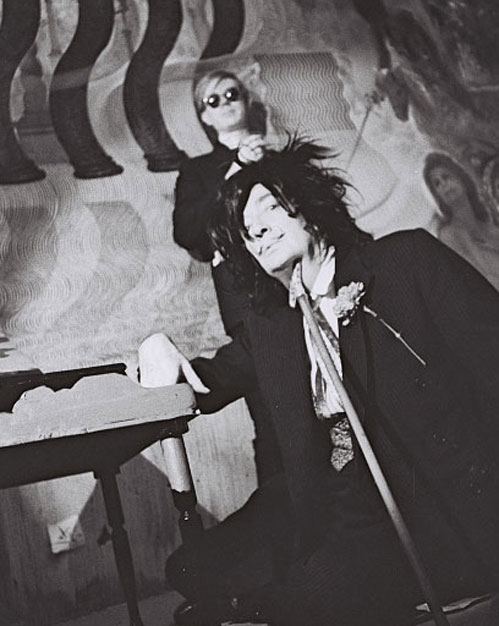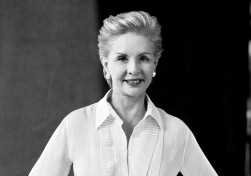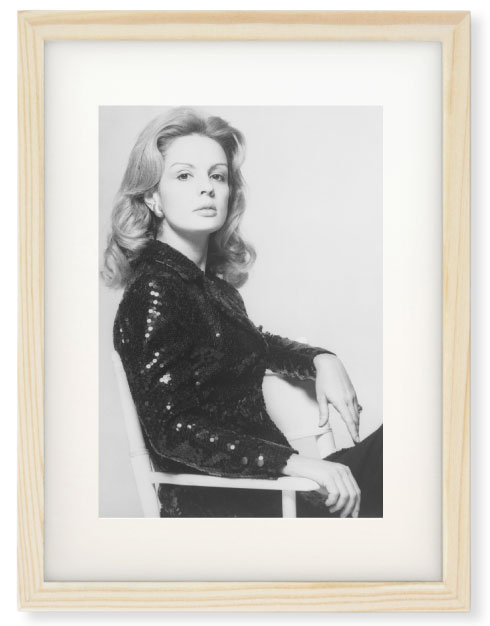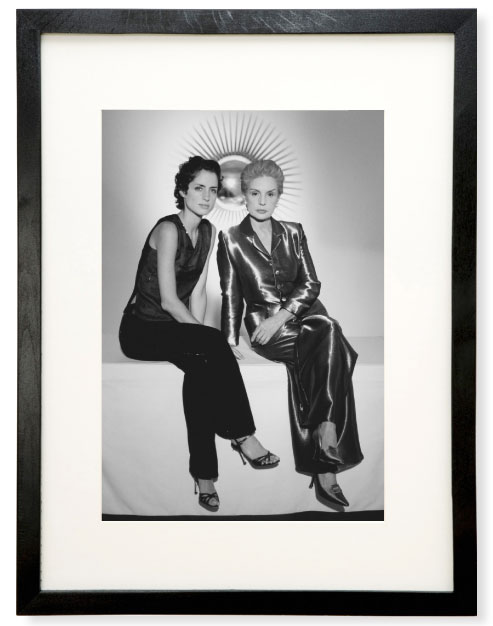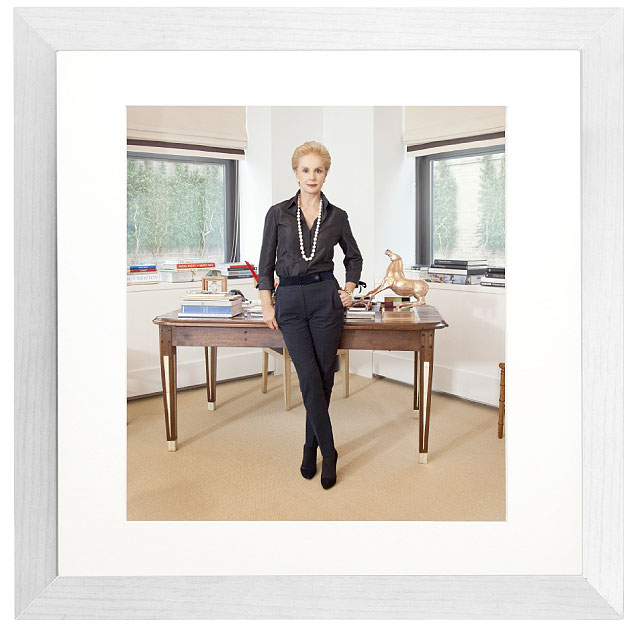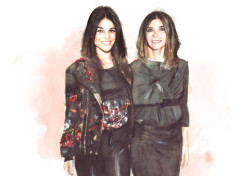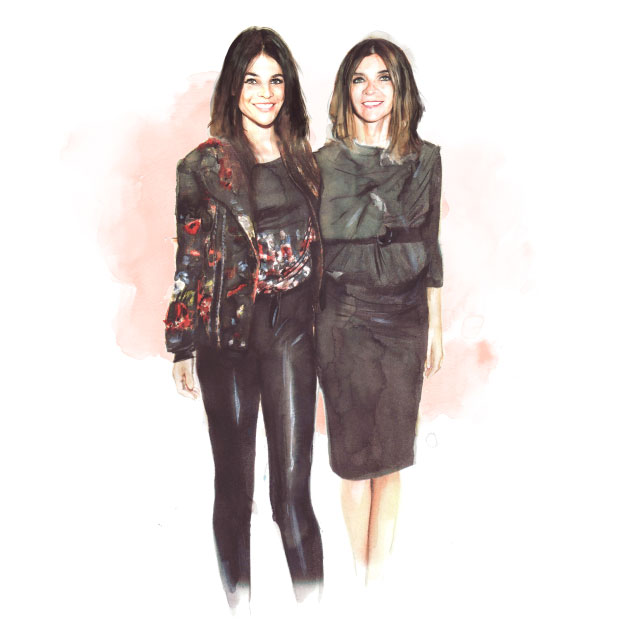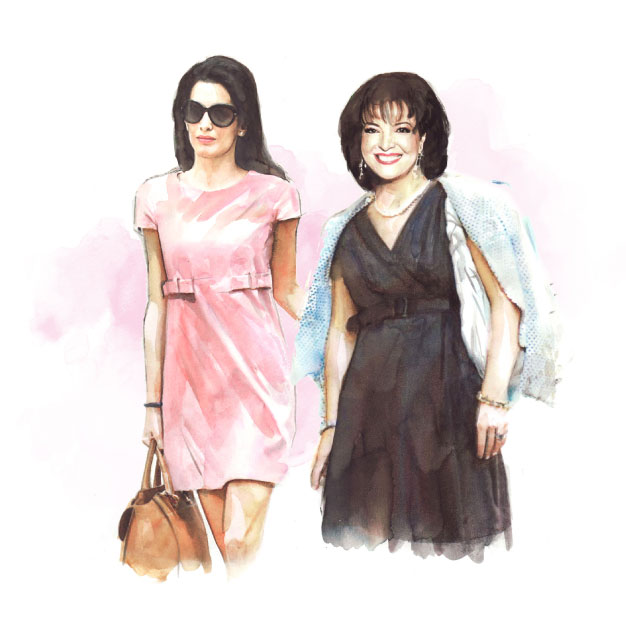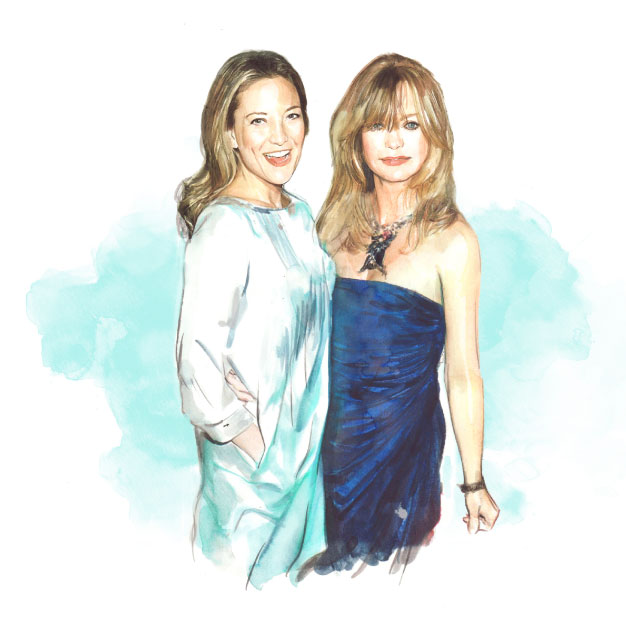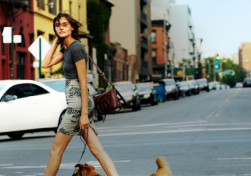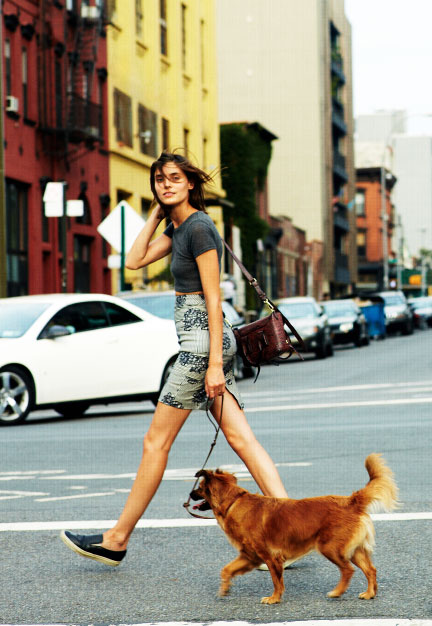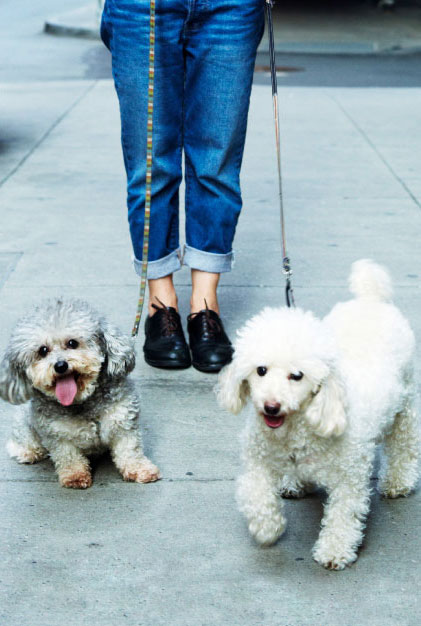There are plenty of places you might expect to see a roaring fireplace: a cozy bar in Aspen, a Renaissance palace in Florence, even a welcoming living room in Lhasa. The last place you’d think to discover one is at 39,000 feet. But times, and flying, are changing.
It’s 9AM on a soggy November Thursday in London and Elisabeth Harvey, a designer of interiors for private jets, is showing me sketches of the fireplace she will soon be installing in a Falcon 7X. A fireplace? Surely that’s against aircraft safety regulations? Not so, she says. “The technology to install a fireplace is available today, and we have customers.”
Orders for sky-high fireplaces can only mean one thing: the world’s high-fliers are flying private again. The turnaround from the slump of 2008, when many private jet firms went bust, is remarkable.
Bombardier, one of the world’s major private aviation companies, has just received the largest order in its history: more than 245 business jets worth up to $7.5 billion. The firm says that one of the fastest growing segments of the market is the one for large aircraft. These can cover more than 5,000 nautical miles non-stop, have up to 3,000 cubic feet of cabin space and cost around $50-70 million.
These most technologically advanced aircraft are being snapped up by a new breed of plutocrat, as well as by firms that offer fractional ownership or a jet card that allows prepaid, fixed hours of airtime. As demand rises, so have levels of comfort, speed and technology. In particular, some buyers want their jets to look, feel and even smell like their homes – and their yachts, too, while they’re at it.
“For the fireplace, we took inspiration from the domestic environment. Clients want a habitat similar to those they already own and feel comfortable in,” says Harvey, who is head of the design studio at Jet Aviation, a Swiss-based private aircraft specialist with around 4,500 employees across the globe.
A fireplace isn’t the only new must-have for the private jet set. Take a look above your head at the latest accessory offered in larger Boeing private jets that cost from $200m. No, your eyes are not deceiving you. That really is an Italian chandelier. But don’t worry about it swaying wildly at takeoff. It retracts into the ceiling, before dangling down again when the plane reaches its cruising altitude.
Furnishing expensive private jets with fancy lights, bedroom suites and stylish showers has always been an obsession among celebrities, sports stars and old-money billionaires. But thanks to globalization, new private-jet customers are emerging, and they have new ideas and new tastes.
A study by Citi Private Bank shows that 64 percent of Indian millionaires plan to increase their spending on private jets. Spending in Africa, whose economy is growing at the fastest rate in its history, is also at record levels. Aliko Dangote, Africa’s richest man, has two private jets, one for short-haul trips and the other for long-haul journeys.
Prince Al-Waleed bin Talal, a member of the Saudi royal family, owns the grandest private jet of all – a $400m double-decker Airbus A380. The “flying palace” has a garage for the Prince’s Rolls-Royce, a concert hall, a Turkish bath, and even a revolving prayer room that always faces Mecca.
Mexican billionaire Jorge Vergara owns an Embraer Lineage 1000: a jet that comes with a bedroom with a queen-sized bed, en-suite bathroom and a walk-in shower, a mini spa, meeting rooms for work and even a private bathroom for the crew.
India’s richest man, Mukesh Ambani, presented his wife with a $40m Airbus 319 Corporate Jet for her 44th birthday. It is furnished with entertainment cabins fitted with games consoles and music systems, a master bedroom and a bathroom with a range of showers. Ambani also owns a Boeing Business Jet 2 akin to a flying business hotel, equipped with an executive lounge, conference rooms, private offices and bedrooms.
Personalization of a jet’s interior is key, says Harvey. “We have fitted gold and other precious metals, rare woods, marquetry, marble, mother-of-pearl. We install buffet areas rather than galleys, use real glass mirrors and custom-designed lamps – whatever the clients find beautiful and luxurious. I recently designed a bespoke horsehair mattress for a client because they were used to sleeping on one at home.”
Prices for customized private jets are as stratospheric as their cruising altitudes. One of the most popular is the Falcon 7X made by Dassault, which costs about $50m and has a range of almost 6,000 nautical miles. Its innovative soundproofing and insulation make it one of the quietest jets in the sky – noise levels are believed to be one of the most tiring aspects of jet travel – and the ride of choice for former U.S. president Bill Clinton and movie mogul Steven Spielberg.
Other new technological innovations include computerized fly-by-wire systems that save weight and thus reduce fuel bills. And there are new radar systems by Honeywell that allow pilots to detect hazardous weather at distances of up to 300 miles, so that they can comfortably reroute to avoid turbulence.
These days, of course, luxury in the air does not begin and end with plush interiors and high-tech tricks. Those who can fly in style also want to wine and dine in style. Private aviation companies now offer personalized meals to their high-end clients, whether it’s authentic pizza from Italy or a special lunch flown in from an exclusive restaurant in the United States for around $700. Private-jet owners and operators have even started hiring special catering companies who employ the services
of chefs based all over the world. Renowned cake artist Duff Goldman and sushi master Nobu Matsuhisa offer global menus with ingredients specially chosen to retain their flavor in the dry atmosphere of a jet cabin.
Antony Rivolta has been in the private jet aviation business for the past 30 years and knows all the tricks of the trade. His company, JetPartner, specialises in bespoke catering. “We build up a portfolio of what a client likes, so we can produce whatever they wish,” he says. Eastern European clients, says Rivolta, are the fussiest eaters. Western clients are “quite happy with what is available on our usual menus.”
For VistaJet, one of the fastest-growing companies in private aviation, food is supplied by London department store Harvey Nichols. As well as made-to-order confectionary, chocolate and savoury snacks, its 30 brand-new aircraft have rich wood furnishings, lavish carpeting, designer glassware and silverware and red-striped livery and soft furnishings.
When the sky’s the limit, what’s next for the future of private aviation? “Business aviation tends to be ahead of the airlines in terms of technology,” says Rivolta. “The customers demand more than your average airline passenger. So we provide the most up-to-date hi-fi systems and Wi-fi as standard, and we’re on the verge of being able to use mobile phones freely.”
Rivolta predicts that the greatest advances will be in speed and fuel efficiency. “We will see supersonic private jets in the next five years. That means New York to London in three hours, faster than the old Concorde. New technology means we can reduce the sonic boom [which until now has prevented supersonic aircraft from travelling over land]. The whole concept of business aviation is to save time, so supersonic is the final frontier. Supersonic jets will become the ultimate travel status symbol.”
High-end couture designers are also keen to exert their influence on jet interiors. Every year, hundreds make their way to the Business Jet Interiors World Expo at London Farnborough airport in the hope of bagging a deal to develop concepts ranging from showers to dining tables. Donatella Versace has already created custom private jet interiors: seats come in white leather with the fashion house’s distinctive logo.
And just when you thought you had heard it all, there is a new frontier. No, not for you and me. Not for the crew. Not even for the engineers struggling to contain the sonic boom. Pet cabins and catering for pets at 39,000 feet are the latest perk on buyers’ wishlists. Because after all, no fireplace is complete without a cat or dog curled lazily in front of it.
